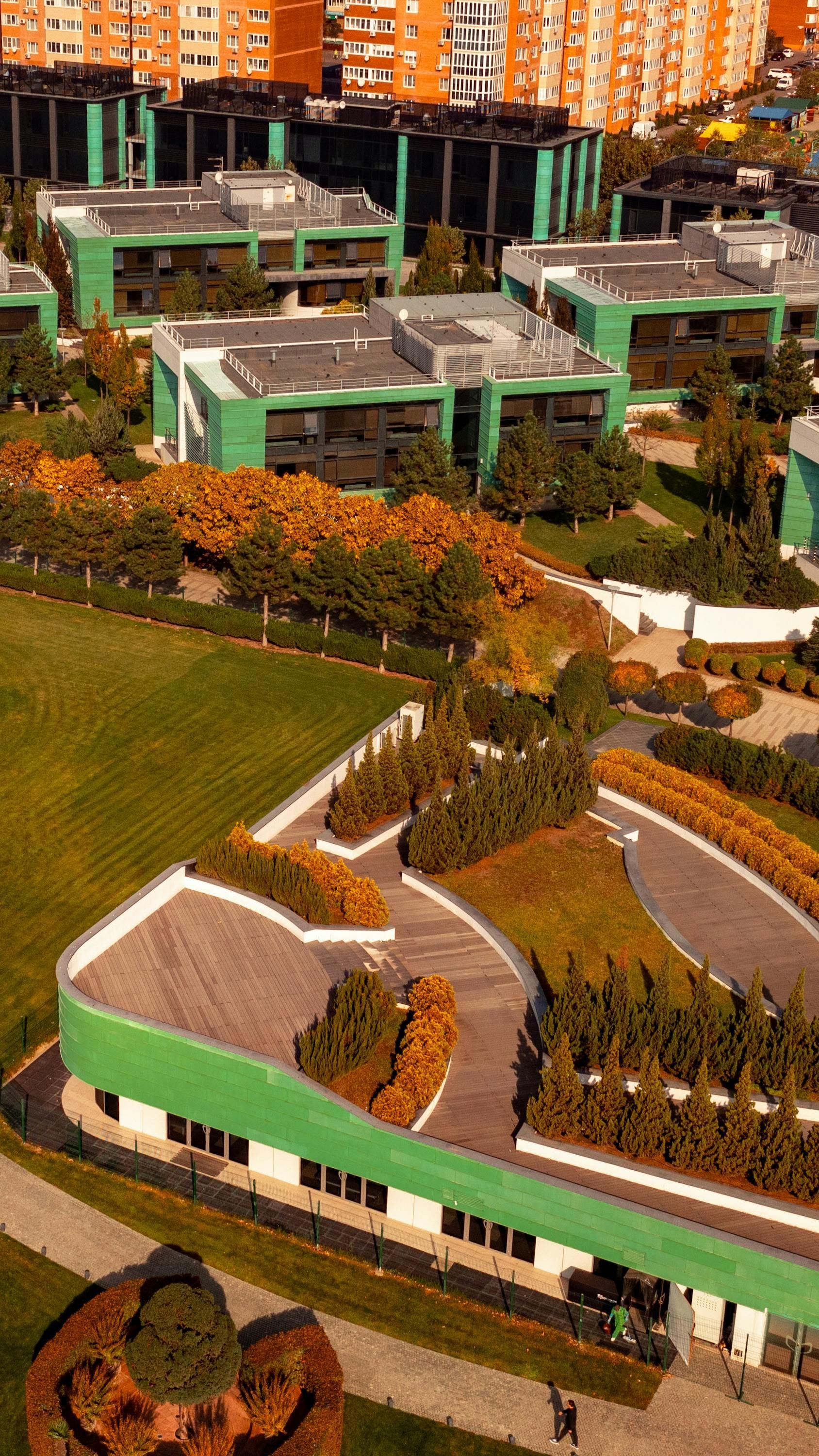The Role of Retaining Walls in Landscape Architecture
Retaining walls play a crucial role in landscape architecture, offering both functional and aesthetic benefits to outdoor spaces. These structures help manage sloped terrains, prevent soil erosion, and create visually appealing hardscapes that enhance the beauty and usability of residential and commercial landscapes. Whether you are looking to build garden retaining walls, backyard retaining walls, or large-scale structural landscaping solutions, understanding their purpose, materials, and design considerations is essential.
Understanding Retaining Walls in Landscape Architecture
Retaining walls are structures designed to hold back soil and create level surfaces on sloped terrain. In landscape architecture, they serve multiple functions, from preventing erosion to enhancing hardscaping elements. These walls are often incorporated into tiered landscaping designs, allowing homeowners and property developers to optimize outdoor space while improving drainage and stability.
The principles of retaining wall design revolve around structural integrity, proper drainage, and aesthetic harmony with the surrounding landscape. Different materials such as stone, concrete, and eco-friendly alternatives contribute to the overall look and durability of these walls.
The Benefits of Retaining Walls in Landscaping
Retaining walls offer numerous advantages beyond their structural purpose. One of their primary benefits is erosion control. Sloped landscapes are prone to soil displacement, especially during heavy rainfall. Retaining walls act as a barrier, holding soil in place and preventing landslides or washouts that can damage lawns, gardens, and buildings.
Another significant advantage of retaining walls is their ability to create usable outdoor spaces. By leveling steep slopes, homeowners can transform an otherwise unmanageable area into functional landscaping features such as patios, garden beds, or outdoor seating areas. Additionally, they add a modern and structured aesthetic to landscapes, making outdoor spaces more visually appealing.
Retaining walls also contribute to effective water drainage. Poor drainage can lead to standing water, soil degradation, and plant damage. Properly designed retaining walls incorporate drainage solutions to redirect excess water away from structures, preserving the health and longevity of the landscape.
Choosing the Best Retaining Wall Materials
Selecting the right retaining wall materials is essential for durability and aesthetic appeal. Various options are available, each with unique benefits depending on the landscape’s needs and the desired look.
Stone Retaining Walls: Stone is a classic and timeless choice for retaining walls, offering a natural appearance that blends seamlessly with outdoor environments. It is highly durable and can withstand weather fluctuations without deteriorating.
Concrete Retaining Walls: Concrete is a popular material due to its strength and versatility. It can be molded into different shapes and textures, allowing for customization in modern retaining walls. Concrete walls are also long-lasting and require minimal maintenance.
Eco-Friendly Retaining Walls: For homeowners seeking sustainable solutions, eco-friendly retaining walls made from recycled materials or green walls with vegetation integration offer an environmentally conscious option. These walls contribute to biodiversity and improve air quality.
Retaining Wall Construction and Installation Considerations
Proper retaining wall construction is critical to ensuring longevity and stability. Several factors must be considered during the installation process, including the type of soil, height of the wall, and drainage requirements.
Soil Type and Stability: Understanding the soil composition is crucial when designing a retaining wall. Some soils retain more moisture than others, affecting the wall’s drainage and stability. Engineers and landscape architects analyze the soil properties to determine the best retaining wall engineering techniques.
Drainage Solutions: Retaining wall drainage is vital to prevent hydrostatic pressure, which can weaken the structure over time. Perforated pipes, gravel backfill, and weep holes are common drainage methods used in retaining wall construction to manage excess water effectively.
Proper Installation Techniques: Professional retaining wall installation ensures that the structure is built to withstand environmental pressures. Reinforcement techniques, such as geogrid layers or interlocking block systems, enhance the strength of the wall, preventing shifting or collapsing.
Retaining Wall Ideas for Functional and Aesthetic Landscaping
Retaining walls are not just practical but also serve as design elements that enhance outdoor aesthetics. There are several creative retaining wall ideas that homeowners can explore to achieve both functionality and beauty.
Tiered Landscaping: Multi-level retaining walls create depth and dimension in a landscape, making them perfect for sloped yards. Tiered landscaping allows for the addition of different plant varieties, pathways, and seating areas.
Integrated Seating and Planters: Some retaining wall designs incorporate built-in seating and planter boxes, creating an inviting outdoor space. These features provide both structure and comfort while enhancing the natural surroundings.
Backyard Retaining Walls with Lighting: Incorporating outdoor lighting into retaining walls adds ambiance and increases safety. LED strip lighting or embedded solar lights can highlight the textures of stone or concrete, making the space usable even after sunset.
Retaining Wall Cost and Maintenance Considerations
The cost of building a retaining wall varies based on materials, labor, and wall height. Stone and concrete walls tend to be more expensive but offer durability and aesthetic appeal. On the other hand, DIY retaining walls using modular blocks or timber can be a cost-effective solution for small projects.
Maintenance is also a key factor to consider. Regular inspections ensure that the wall remains structurally sound. Checking for signs of erosion, cracks, or bulging helps prevent costly repairs in the future. Proper drainage maintenance, such as clearing weep holes and ensuring backfill remains intact, extends the lifespan of the wall.
Why Professional Retaining Wall Installation is Worth It
While some homeowners attempt DIY retaining walls, professional retaining wall installation offers long-term benefits. Experts ensure the wall is engineered to handle soil pressure, preventing collapse or erosion issues. Additionally, professional landscapers use high-quality materials and precision techniques to achieve a polished and durable finish.
Hiring experts like Blossom & Oak Landscaping guarantees that the retaining wall not only serves its functional purpose but also enhances the overall landscape design. With professional insight, homeowners can customize their retaining walls to match their outdoor aesthetic while ensuring stability and longevity.
Conclusion: Elevate Your Landscape with Retaining Walls
Retaining walls are more than just structural elements; they are essential components of landscape architecture that enhance both function and beauty. Whether you need erosion control, backyard retaining walls, or modern retaining walls with integrated design features, choosing the right materials and installation method is key to long-lasting results.
For high-quality retaining wall solutions that blend durability with elegance, trust the expertise of
Blossom & Oak Landscaping. Our team specializes in retaining wall construction, functional landscaping, and hardscaping to create stunning outdoor spaces. Contact us today to transform your landscape with professionally designed retaining walls that stand the test of time.
You might also like
Book a Service Today
We will get back to you as soon as possible
Please try again later
Business hours
- Mon - Fri
- -
- Saturday
- -
- Sunday
- Closed
Phone: 480-660-4666


